STAINLESS STEEL PLATING
Stainless steel is a type of steel that does not corrode. This steel contains at least 10.5 percent chromium, making it highly resistant to oxidation. While typical steel quickly forms iron oxide, also known as rust, stainless steel creates a chromium oxide film. This film has the opposite effect of iron oxide and becomes a protective layer from further oxidation.
Plating on Stainless Steel
Plating on other metals results in the benefit of corrosion protection. Coating stainless steel with chromium adds this corrosion resistance in low-oxygen or low-circulation environments. Additionally, plating on stainless steel will alter the appearance. You may also want to plate stainless steel if your project needs greater surface conductivity or needs to be more solderable.
PLATING WITH STAINLESS STEEL
Plating with stainless steel is possible. However, there are some problems that exist with this approach. The corrosion-fighting properties of stainless steel will not transfer to your project parts any more than traditional metal finishes. Additionally, since stainless steel must be heated to a high degree to properly plate objects, many projects would melt while applying the plating.


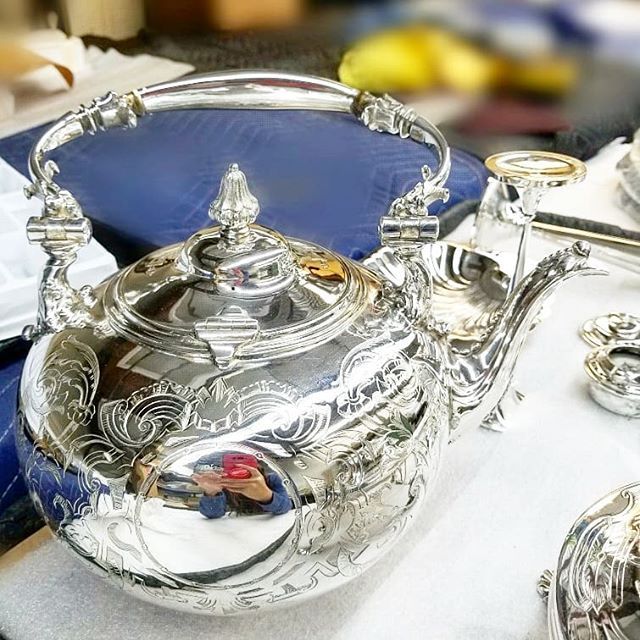
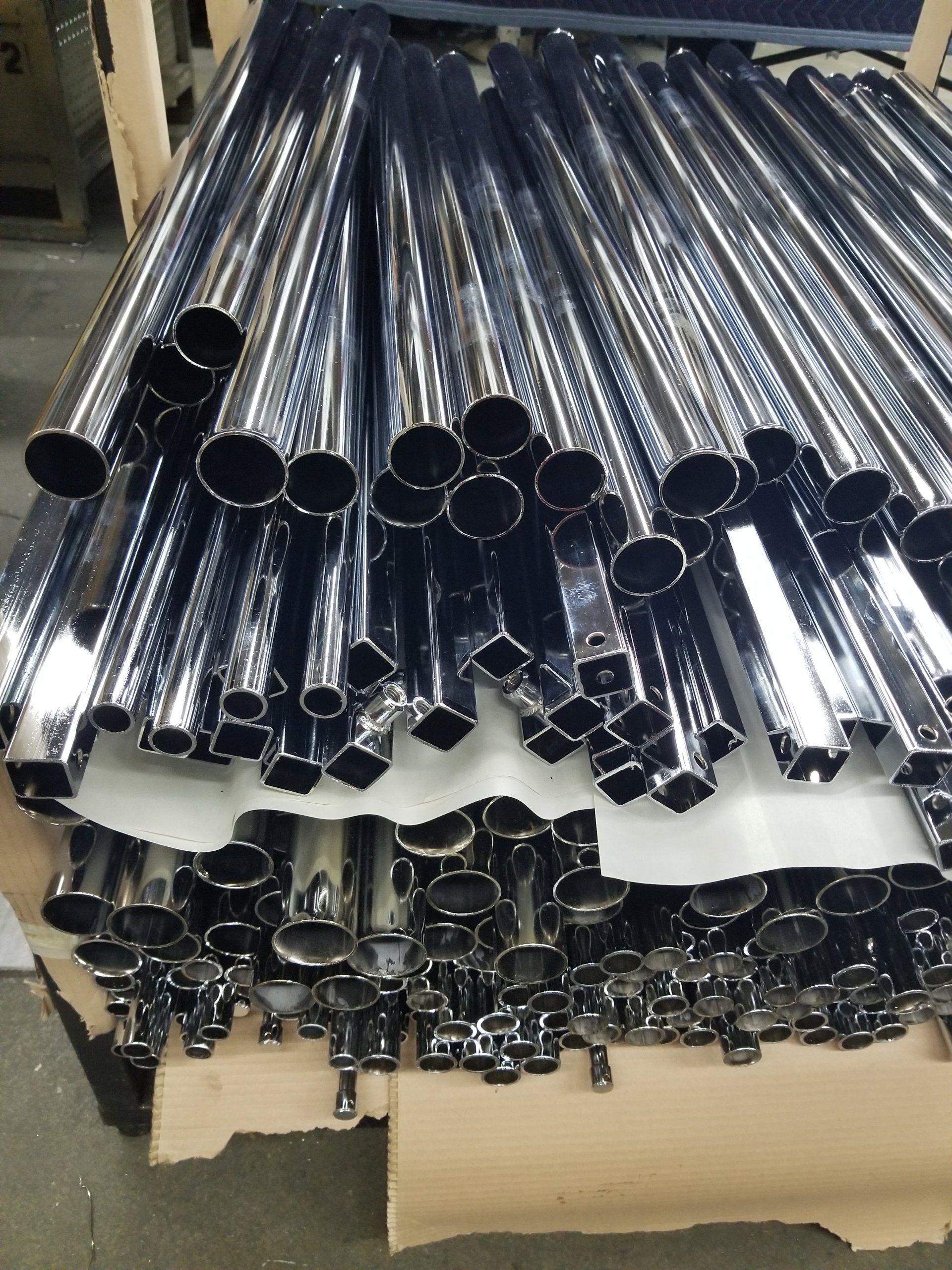
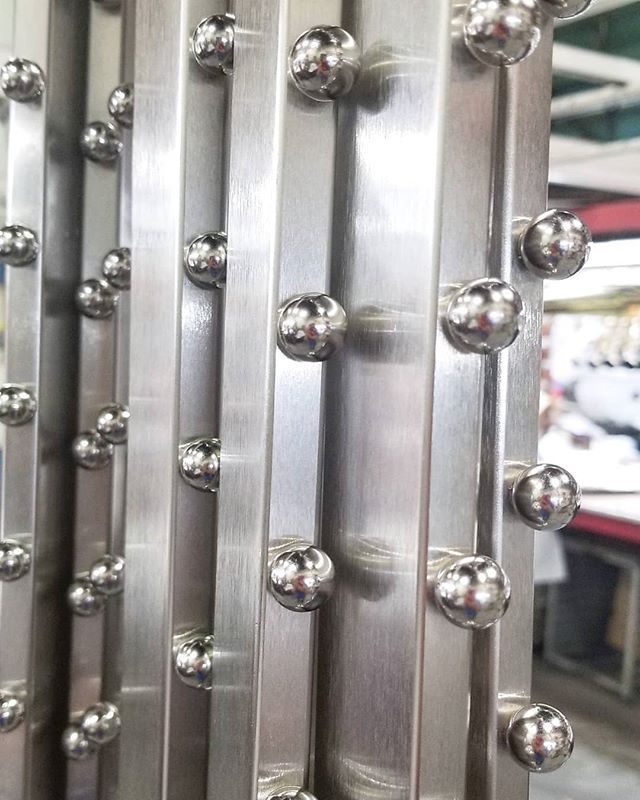
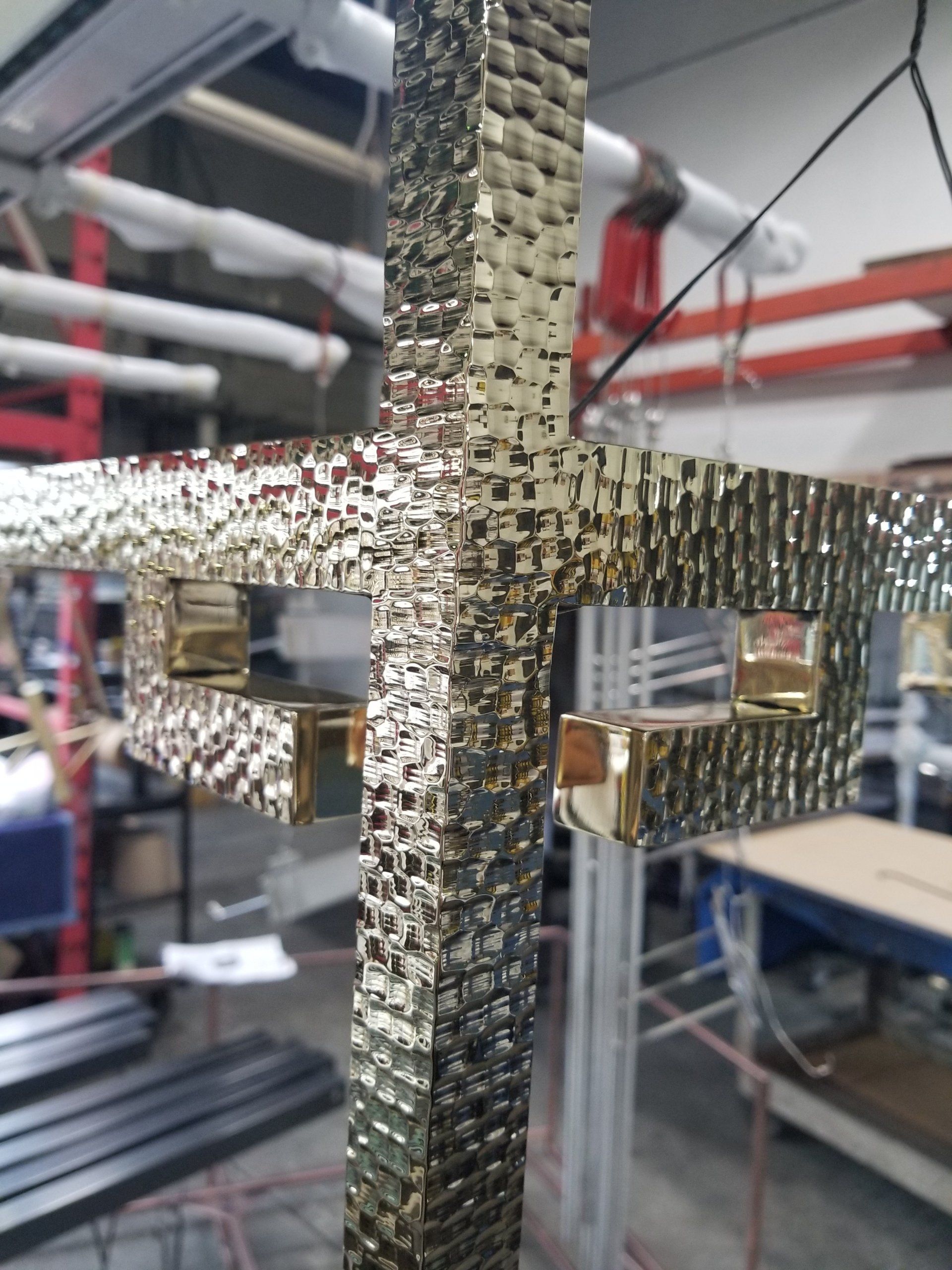


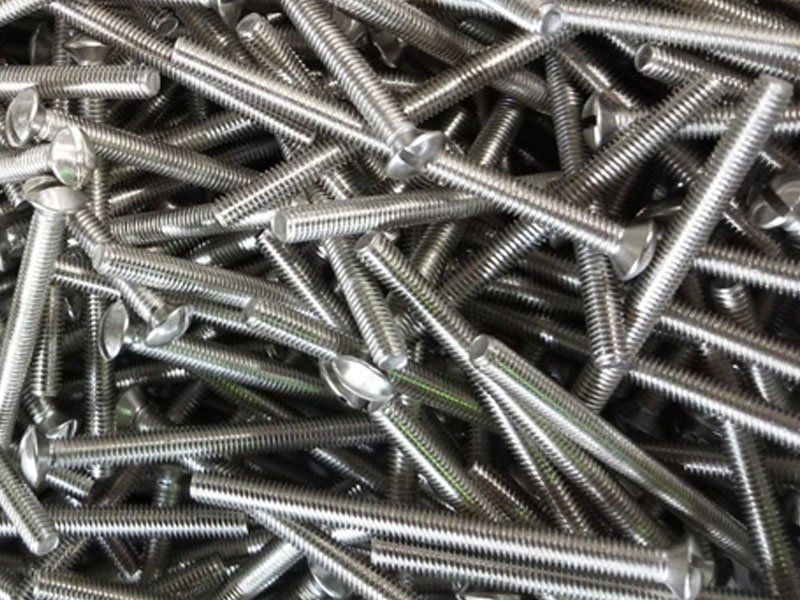


 323-268-6353
323-268-6353









 323-268-6353
323-268-6353